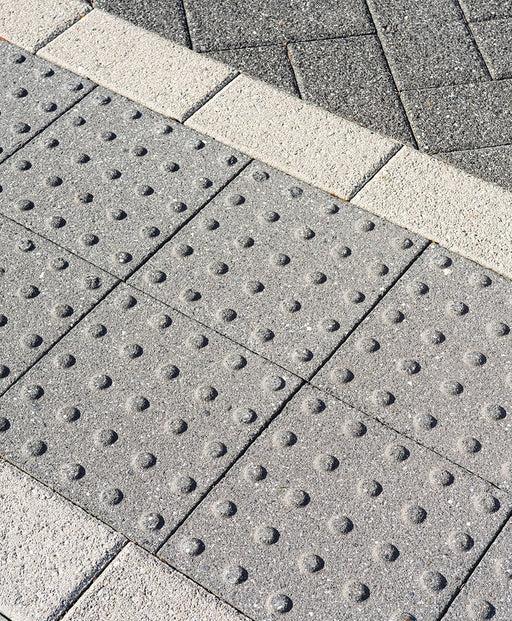
In today's world, ensuring equal access and inclusivity for all individuals is paramount. One crucial aspect of this commitment is making public spaces accessible to those with disabilities. The Americans with Disabilities Act (ADA) has played a pivotal role in this endeavor, introducing various regulations and standards for accessibility. One of these crucial elements is ADA Truncated Domes, which serve as tactile warning indicators and are designed to enhance accessibility for individuals with visual impairments. In this blog, we will explore the significance of ADA Truncated Domes and how they contribute to creating more inclusive public spaces.
Understanding ADA Truncated Domes
ADA Truncated Domes, also known as detectable warning surfaces, are textured tiles or pavers that are placed on pedestrian walkways, ramps, and transit platforms. These distinctively tactile and visual features serve as a warning system for individuals with visual impairments, alerting them to potential hazards or changes in their path. The truncated domes are characterized by their small, rounded, and raised bumps that are standardized to provide a consistent and recognizable warning texture.
Significance in Accessibility
- Hazard Identification: ADA Truncated Domes are strategically placed in areas where potential hazards may be encountered, such as at the edge of train platforms, the top and bottom of staircases, and intersections between pedestrian paths and vehicular roads. By detecting these truncated domes with their canes or underfoot, individuals with visual impairments are alerted to potential dangers, ensuring their safety and preventing accidents.
- Enhanced Navigation: These tactile warning indicators serve as a guide for people with visual impairments, allowing them to navigate public spaces with greater confidence and independence. The consistent and standardized texture of truncated domes assists them in identifying changes in terrain and direction.
- Legal Compliance: The installation of ADA Truncated Domes is not just a matter of convenience; it is a legal requirement. The ADA mandates the inclusion of these tactile warning surfaces in various public infrastructure projects. Non-compliance can result in legal repercussions, making it essential for businesses and municipalities to adhere to these regulations.
Installation and Design
ADA Truncated Domes are available in various materials, including rubber, plastic, and concrete. These materials are durable and designed to withstand harsh weather conditions, heavy foot traffic, and other environmental factors. The domes themselves come in a variety of colors to provide contrast with the surrounding surfaces, making them more visible to those with low vision.
Installation requires careful planning and adherence to specific guidelines outlined in the ADA Accessibility Guidelines (ADAAG). These guidelines dictate the size, spacing, and placement of truncated domes to ensure consistency and effectiveness. When properly installed, they provide a reliable and consistent warning system.
Innovations in Truncated Domes
As technology advances, so does the design and implementation of ADA Truncated Domes. Today, there are variations that are more aesthetically pleasing and versatile in their application. Some truncated domes feature a dual-purpose design, combining safety with artistic elements that can complement the overall design of a space. Innovations like glow-in-the-dark or illuminated truncated domes have also been developed to enhance visibility at night.
ADA Truncated Domes play a vital role in making public spaces accessible and safe for individuals with visual impairments. They are more than just textured tiles; they represent a commitment to inclusivity and compliance with legal standards. By alerting those with visual impairments to potential hazards and aiding in navigation, these tactile warning indicators contribute to a more equitable and inclusive society.
Businesses, municipalities, and designers should be aware of the importance of ADA Truncated Domes in their projects and ensure proper installation and maintenance. As technology continues to advance, we can expect even more innovative solutions to improve the accessibility and safety of public spaces for everyone, regardless of their abilities. Ultimately, by embracing the principles of the ADA and its requirements, we move closer to creating a world where equal access is a reality for all.
